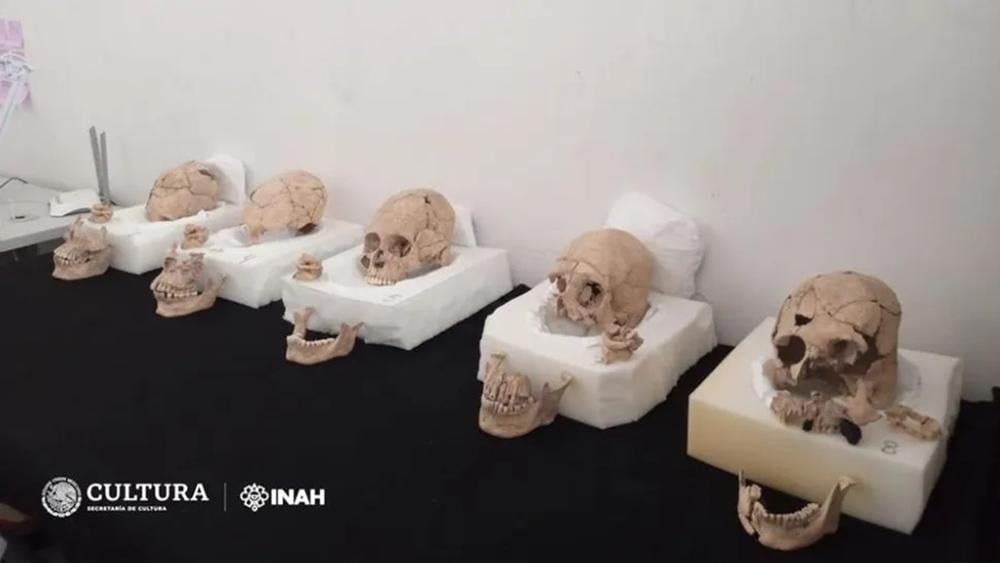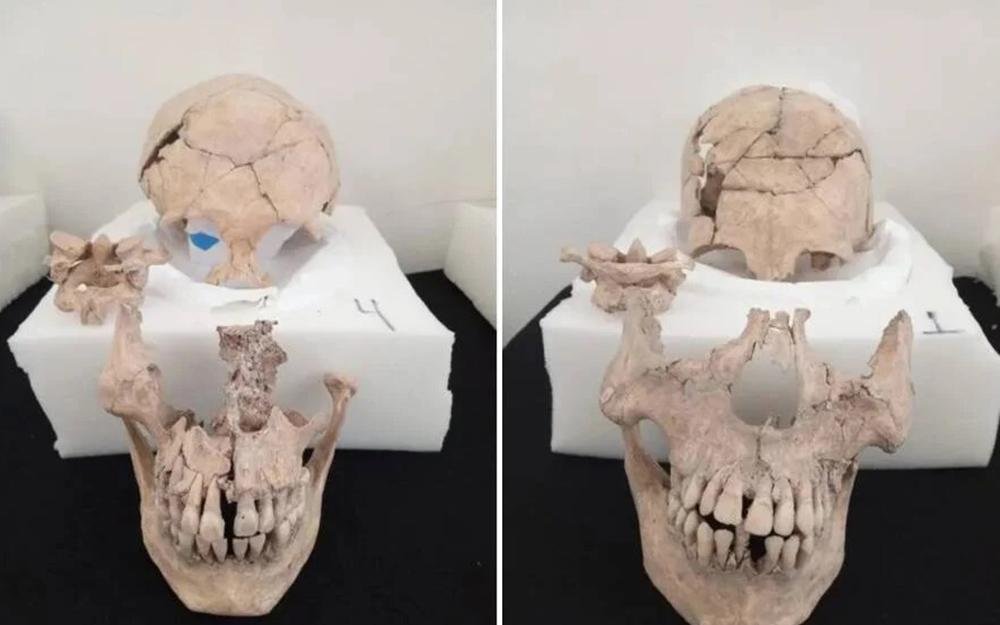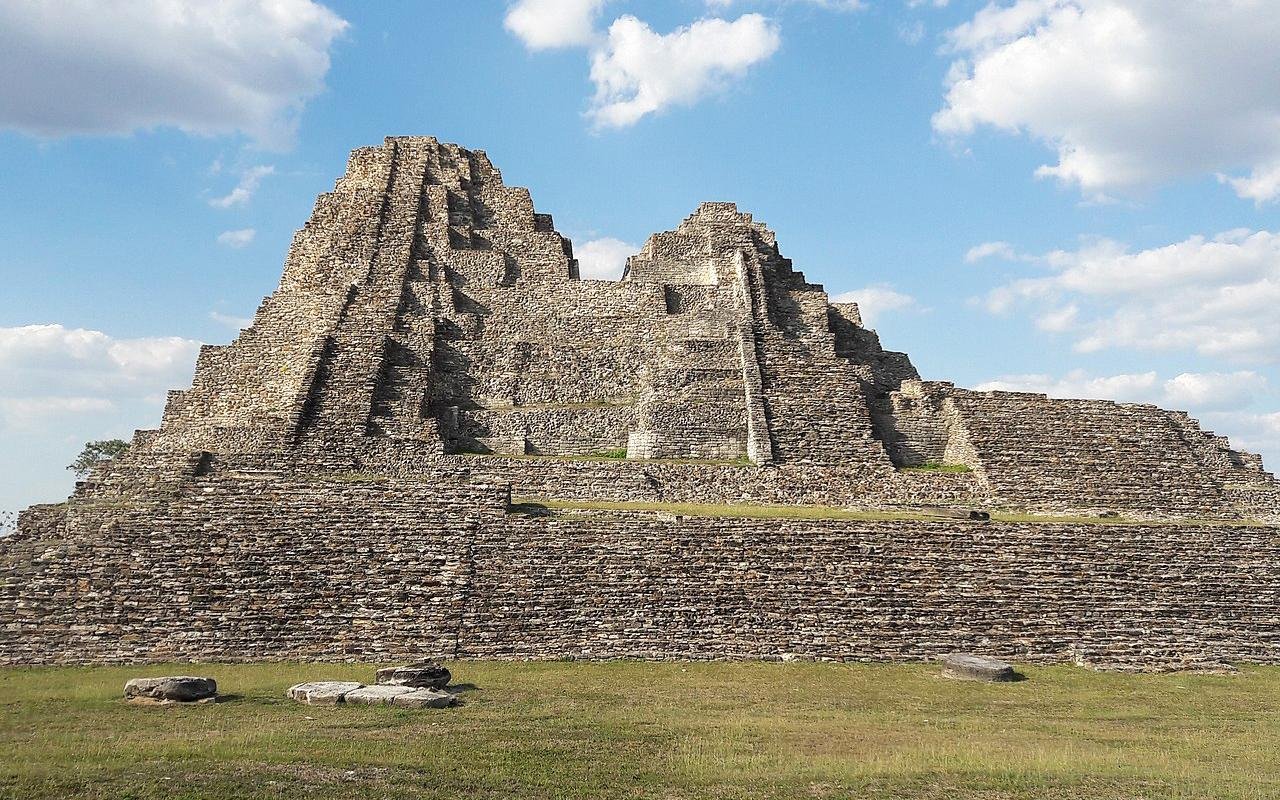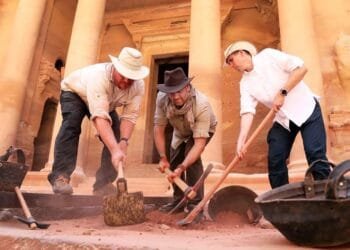Archaeologists from the National Institute of Anthropology and History (INAH) have unearthed significant evidence of ritual beheadings and skull deformation during excavations at the Maya ruins of Moral-Reforma.

Moral-Reforma is a historic Maya city from the Classic period, situated in the municipality of Balancán in the Mexican state of Tabasco. With its origins dating back to around CE 300, it emerged as a vital trading hub along the San Pedro Mártir River, reaching its zenith between CE 622 and 756, adorned with palaces, plazas, and multiple pyramid complexes.
In April 2023, INAH archaeologists announced the discovery of 13 burials situated in front of Structure 18, a pyramidal monument south of the main temple complex. Further analysis of the burial remains has revealed evidence of ritualistic beheadings during the Late Classic Period (CE 600 to 900).
The anthropological study confirmed that at least two individuals had been decapitated as part of ritual offerings. One of the skulls displayed horizontal cut marks in the craniocervical junction.

As per Miriam Angélica Camacho Martínez, a physical anthropologist from the INAH Tabasco Centre, “the use of a sharp object was used to extract the skull,” evidenced by the maintained anatomical relationship between the cervicals and the mandible. However, it remains uncertain whether this injury was the cause of death or occurred post-mortem.
In addition to the beheadings, several burials exhibited skulls with signs of tabular oblique deformation, a practice of artificial cranial modification employed to signify elevated social status.
Researchers hypothesize that these burials, arranged in terms of depth and style, were intended as offerings to a Mayan underworld deity, forming part of a ritual aimed at sanctifying the temple.
Furthermore, an anatomical examination revealed that all the individuals were males aged between 17 and 35. Although the Maya civilization occasionally sacrificed prisoners of war during the first millennium, it is unclear whether these individuals were captives.
The INAH’s findings align with other discoveries in the archaeological site of Moral-Reforma. In particular, 76 pre-Spanish buildings have been unearthed thus far. It remains unclear which god(s) this specific pyramid was dedicated to.

Human sacrifice was a significant aspect of Maya culture, involving offerings of animals like iguanas, jaguars, crocodiles, turkeys, peccaries, and dogs. However, the highest form of sacrifice was human life itself, often performed during elaborate ceremonies. These practices are depicted in ancient Maya sculptures, murals, and ceramics.




























